"Keeping the blueberry chain as short as possible is what interests retailers and us, as a grower," says Stefan Spanjaard, Agrovision Europe's General Manager. That was at the opening of the company's sales office in the Netherlands. "The partners we still work with add value to the chain. However, we want to, where necessary, develop those skills ourselves. All our divisions are moving towards an in-market model."
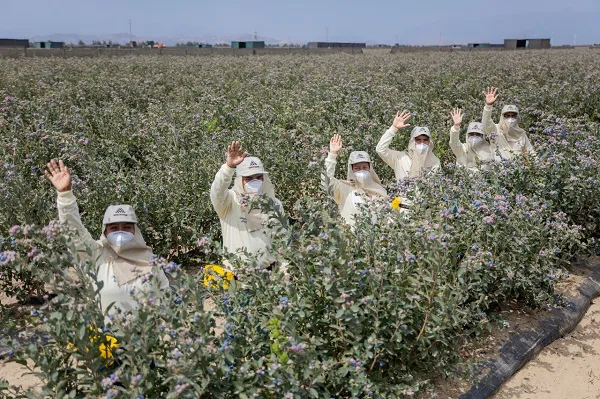
"Aside from a sales office, this will eventually mean cultivation in Europe for the company, whose roots are in Peru. That is so we can supply the retail sector with blueberries year-round." Stefan says supervising the cultivation is the second reason for opening the European branch.
It will begin its Northern Hemisphere production in Morocco. That follows cultivation in Peru - of roughly 2,500 hectares - and Mexico. "We think we'll also need two to three more production countries to cover the period from April/May to August." For that, Northern Europe, Spain, and Portugal, among others, come to mind.
Differentiate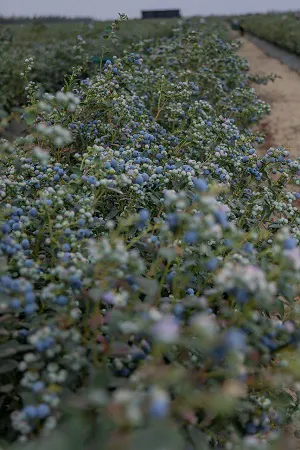 The blueberry market, as well as production, are generally on the rise. Agrovision, too, has expanded considerably in recent years. Stefan supports managing that growth with a differentiated category approach similar to that of, say, tomatoes. "It's an inevitable, necessary marketing step. You must also be able to tap into the category's growth potential." To enhance that approach, Agrovision is going to keep planting Sekoya varieties. These improve blueberries' eating experience.
The blueberry market, as well as production, are generally on the rise. Agrovision, too, has expanded considerably in recent years. Stefan supports managing that growth with a differentiated category approach similar to that of, say, tomatoes. "It's an inevitable, necessary marketing step. You must also be able to tap into the category's growth potential." To enhance that approach, Agrovision is going to keep planting Sekoya varieties. These improve blueberries' eating experience.
Agrovision is one of 13 members of the Fall Creek Sekoya club. It represents 45% of the total Sekoya acreage. "If we don't continue to innovate as an industry, we're going to be faced with limited consumption growth at some point. These new varieties are going to boost Europe's consumption pattern anew." Spanjaard says that there are still great strides to be made in many European countries when it comes to blueberry consumption. That is compared to US or UK consumption figures, which are much higher.
Positioning
"When implementing a differentiated strategy, the focus lies with increasing consumption. That's done by offering a product with improved quality. Here, Stefan does not feel that the term premium covers the entire scope. "We're a large-scale, high-quality producer." In his experience, 'premium' often gives the perception of a small product that occupies, at most, ten percent of total store shelf space.
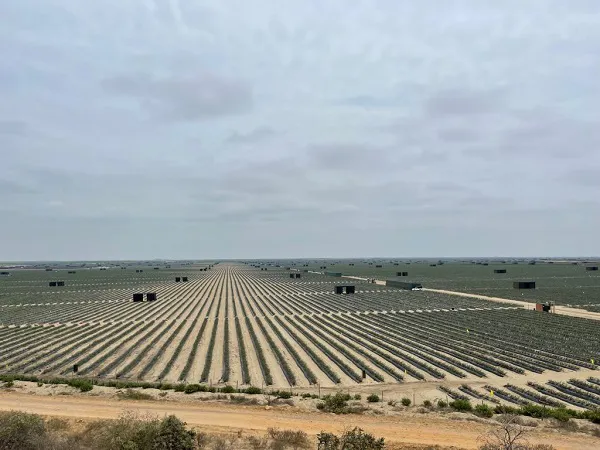
"We're moving toward a quality offering, but for the wider public. This offering indeed needs a different positioning and price. But we believe we need to make it widely accessible. That's to boost consumption patterns. You can't do that with an exclusive product." Agrovision is actively discussing what the category should look like in the future with retailers. It expects to see several blueberry programs to be put in place.
Stefan foresees that innovation will boost consumption but also recognizes that this growth is necessary to continue innovating. "The moment we don't innovate qualitatively anymore, growth will be accompanied by continually declining prices. An improved offering - for which shoppers are willing to pay more - can help to break that trend and increase innovation."
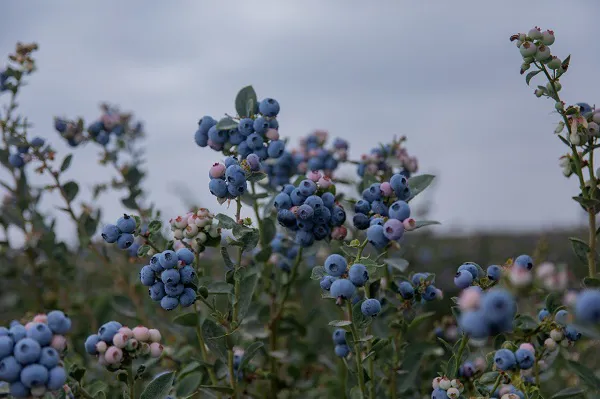
Needs
Consumer needs at the time of purchase is a key focus for Agrovision. So, the company is moving away from a supply-driven assortment filling - availability determining packaging content - to a need-based filling. And the General Manager sees these needs changing. Purchases just prior to consumption are increasingly replacing the traditional weekly shopping trips. And there are more one-person households. That calls for different packaging. Also, packaging-wise, the choice of material plays a role.
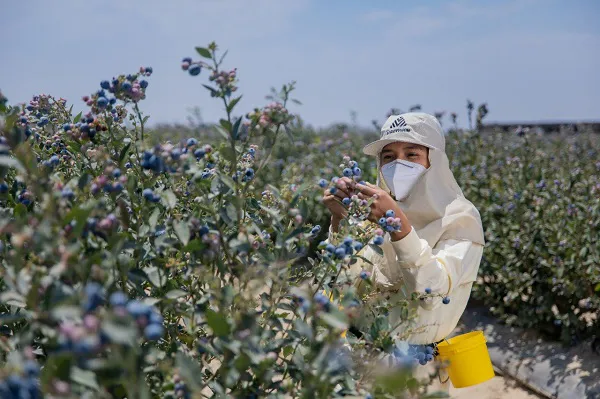
"Packaging's total carbon footprint is being considered. But is recyclable plastic or paper the solution?" This question has not yet been answered, says Stefan. "The problem with plastic is not so much the material, but the lack of a proper recycling system," he concludes. Using paper as a packaging material is setting a positive trend. It, however, probably will not replace other types of packaging on a large scale.
Stefan Spanjaard
Agrovision Europe
+31 (0)6 558 133 36
stefan.spanjaard@agrovisionfresh.com
www.agrovisioncorp.com
